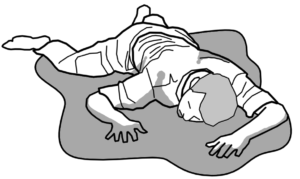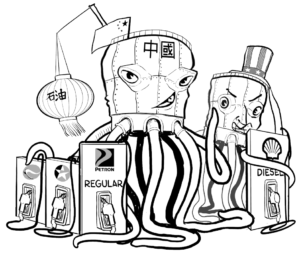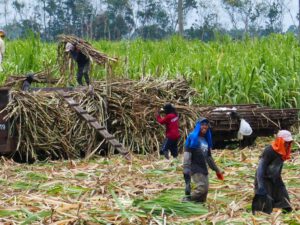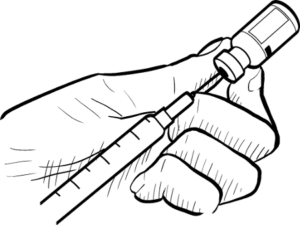Worsening labor and production conditions in the sugar industry

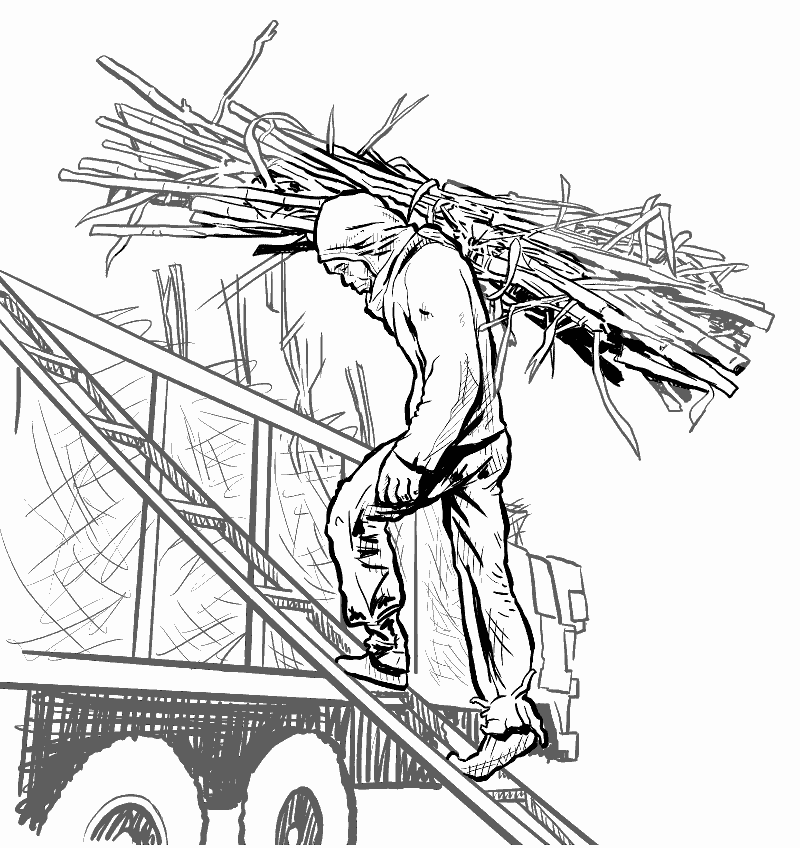
Whenever Tiempo Muerto is nearing, farmers and farm workers in sugarcane plantations typically look for alternative sources income. Tiempo Muerto pertains to the off-milling period between sugarcane planting seasons from August to September. During this period, their incomes plummet drastically, while many others earn nothing at all.
A survey by the reactionary state indicates that sugarcane farmers are the second poorest among all agricultural workers in the country receiving an average daily wage of ₱273. Their actual income, however, is lower according to data by the National Federation of Sugar Workers. According to the group, farmers only receive an average income of ₱1,000-₱1,500 every fifteen days (₱67-₱100 per day) during the milling season, and only ₱200-₱500 (₱13-₱33 per day) during Tiempo Muerto. This is far from the stipulated regional minimum daily wage rates (₱295-₱500) and way lower than the family living wage of ₱1,059.
Sugar barons evade the implementation of minimum wage rates through the pakyawan scheme wherein farm workers are compensated based on quota. In a sugarcane plantation in Isabela, farm workers only receive a daily salary of ₱16-₱50 for weeding, ₱150 for fertilizing, ₱94 for taking care of sugar cane plants and ₱225-₱250 for harvesting.
Sugary industry
According to data by the Sugar Regulatory Administration (SRA), 789,681 Filipinos are currently working in the sugar industry. Majority of them are seasonal farm workers (686,968) and farmers (88,748) who directly participate in the production of sugarcane. Sugar mills also employ 13,965 workers. Almost 85% of the farmers (75,241) cultnivate less than five hectares of sugarcane farm. Landgrabbing and reconcentration of sugarcane farms by landlords are also prevalent in the form of various farming arrangements such as sugar block farming, stock distribution option, ariendo system and agribusiness venture agreement.
Sugarcane is the top agricultural commodity produced by the Philippines in terms of volume. In 2019, almost a fourth of the volume of the country’s agricultural produce was sugarcane. Nearly two-thirds of this was from Western Visayas.
Sugarcane farms cover 398,478 hectares of agricultural lands in 10 regions across the country. Largest of which are located in the Negros island (approximately 200,000 hectares) followed by Mindanao (80,000 hectares) and Southern Tagalog (20,000 hectares).
Despite this, local sugarcane production is declining. From 28 million metric tons (MT) in 2016, the volume of sugarcane harvested and milled locally decreased to 24.6 million. The decline is attributed to massive use-conversion of sugar farms and the closure of four out of 27 sugar centrals in the country in the past five years. Under the Duterte regime, the total area of sugarcane farms plumetted by 5% (22,880 hectares). Its sugar milling capacity also declined from 196,000 MT/day to 173,300 MT/day during the same period. Under Duterte, the total volume of sugar produced by the country plumetted by 19% from 3.5 million MT in 2016 to 2.8 million MT in 2020.
Experts also attributed this to high costs of farm inputs such as fertilizer and herbicide, as well as low incomes which push farmers to look for other jobs. The adverse impact of climate change is now also being felt in the industry in the form of more destructive natural disasters such as the flashfloods in Negros Occidental last January which inundated thousands of hectares of sugarcane farms.
In 2020, the country was able to produce 2.1 million MT of raw (brown) sugar and 703,800 MT of refined (white) sugar. According to SRA, the average price of raw sugar in the local market is currently ₱32.42/kilo, which is higher by 2% (₱0.70) compared to its price in June 2019. The increase is primarily due to declining local production and the 13% increase in demand for cheap raw sugar during the pandemic.
From 2016 to 2019, the total value of sugar products exported by the Philippines amounted to ₱33.7 billion, more than half of which was exported to the US.
Compared to this, the volume of sugar products imported by the Philippines is way higher at ₱116.7 billion during the same period, 36% of which was from China.
To push for all-out importation, the regime’s economic officials are proposing to dismantle tariffs (up to 50%) on sugar products, as well as the 64,050 MT-minimum access volume (MAV) on raw sugar. This move is being opposed by farmers and even sugar barons as this will flood the local market with cheaper imported sugar which will pull down local prices, and ultimately cause the demise of the entire industry.







